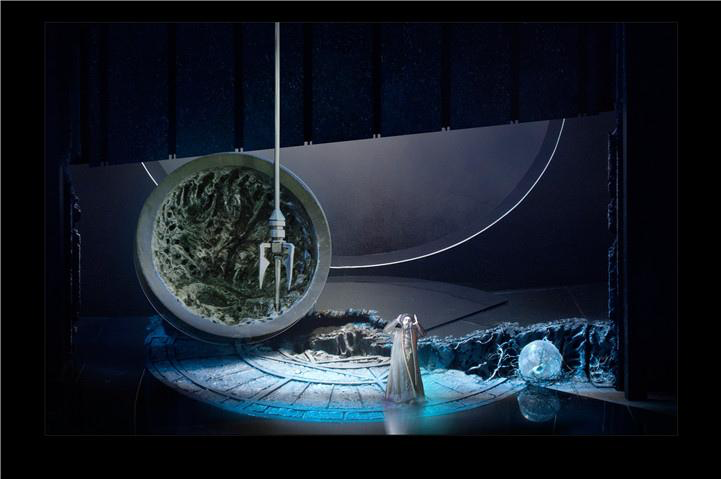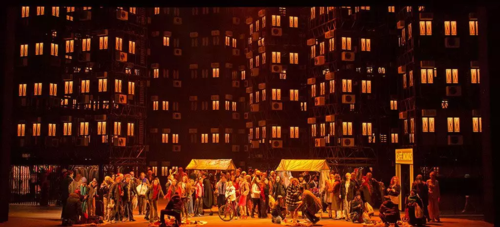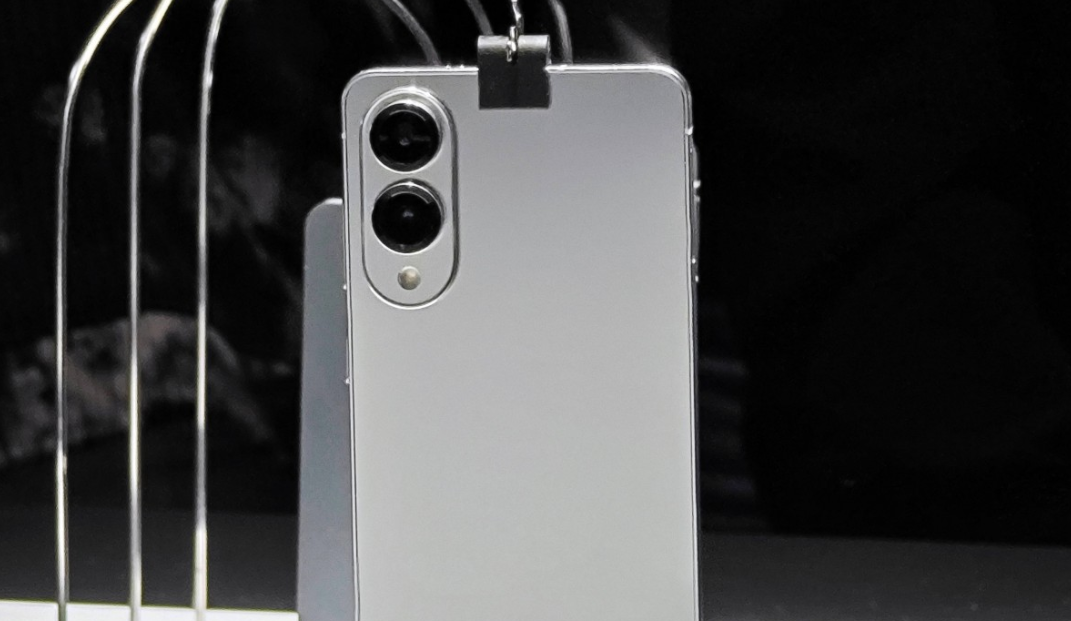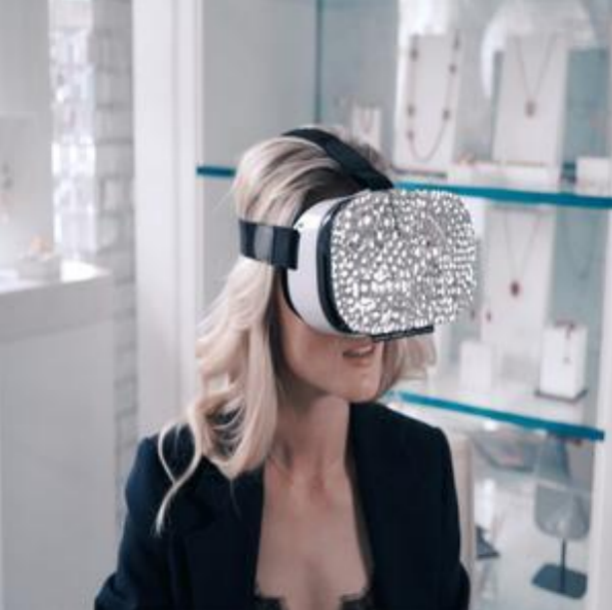With the support of emerging technologies, great changes have taken place in stage performances represented by opera, bringing better impressions to the audience. In fact, new media technologies such as video and projection are gradually applied to other types of performances, generating more satisfactory stage presentation effects.

In the past few years, the opera industry has surpassed the traditional theater in projection design. Opera has invested heavily in media technologies such as projectors and media servers.
There are many reasons why opera is suitable for media display.
First of all, opera stages are often very spacious, much larger than traditional theaters. Meanwhile, opera directors are always looking for stage arts that can enlarge the huge outline of the opera house. Similar to concerts of rock, opera design must be grand. This is why opera has been highly dependent on stage technology for centuries. In addition, opera, just the same as many traditional cultural institutions, must also meet the needs of young audiences who pursue high visual stimulation.
In such a long-time performance of an opera, the stage performance is limited to a few people standing in one place and singing to each other. True opera lovers may be immersed in music, while less professional opera audiences will want to experience it visually and audibly.
The choice of drawing scenes with animated images becomes a very appealing method to energize the four-hour War Horse or other shorter but completely silent modern masterpiece. Of course, smart designers will also use the media to enhance the effects of narratives and storylines.

A typical example of adopting video to inspire and expand the stage design of a large-scale opera is Wutzek by director Alban Berg. Wutzek narrates a gloomy story with dark-style pictures, depicting the hero’s unflinching in the face of poverty, betrayal and despair. However, although the amazing music effect of the play is not easy to be heard.
To meet these challenges, William Kentridge, a South African visual artist and Catherine Meyburgh, a projection designer, completed the design of the stage, and perfectly supplemented the images and videos throughout the opera with collage canvas.
No artist has been as effective as Kentridge and his team in translating dark and gloomy emotions into video art. Overall, even in the most tragic scenes, it’s hard to look away from the stage.
The tour of Magic Flute, produced by Komische Oper Berlin, is also a good example. It uses British video design and animation in 1927, displaying a delicate and funny version. This work is a good example of opera design, which uses projection to condense, clarify and stimulate. It shows Berlin in the 1920s by using one wall to show all the stage arts, and this is also the only projection surface.

The walls include various entrances and exits for performers to enter, exit and appear. Using only one projector, animators can enhance the stage effect with silent film-style graphics, cartoons and words. Most importantly, it reduces the lengthy narrative content.
In addition to the above two examples, many opera houses around the world have invested in the technology to bring the designs to life. While design teams focus their talents on this art form, this trend is bound to continue to grow.





